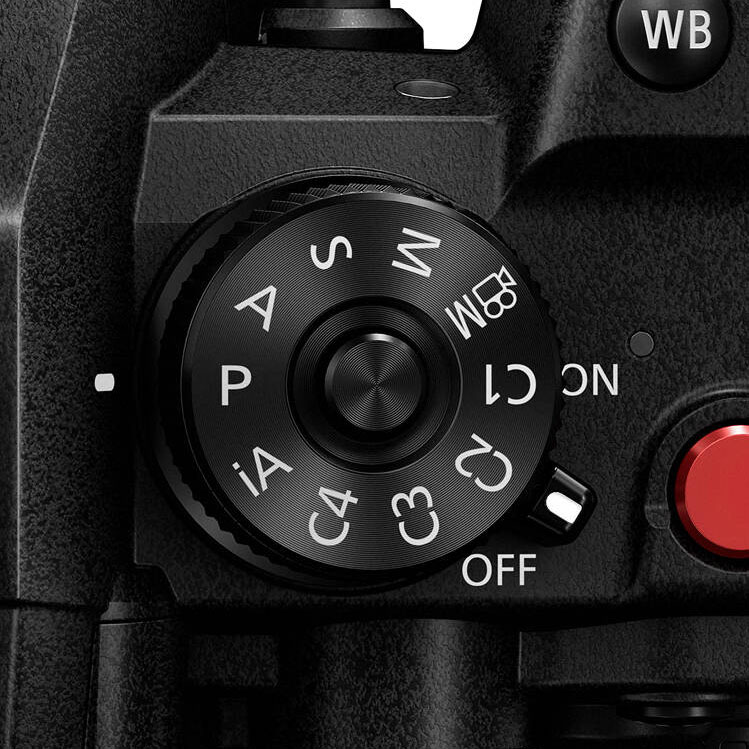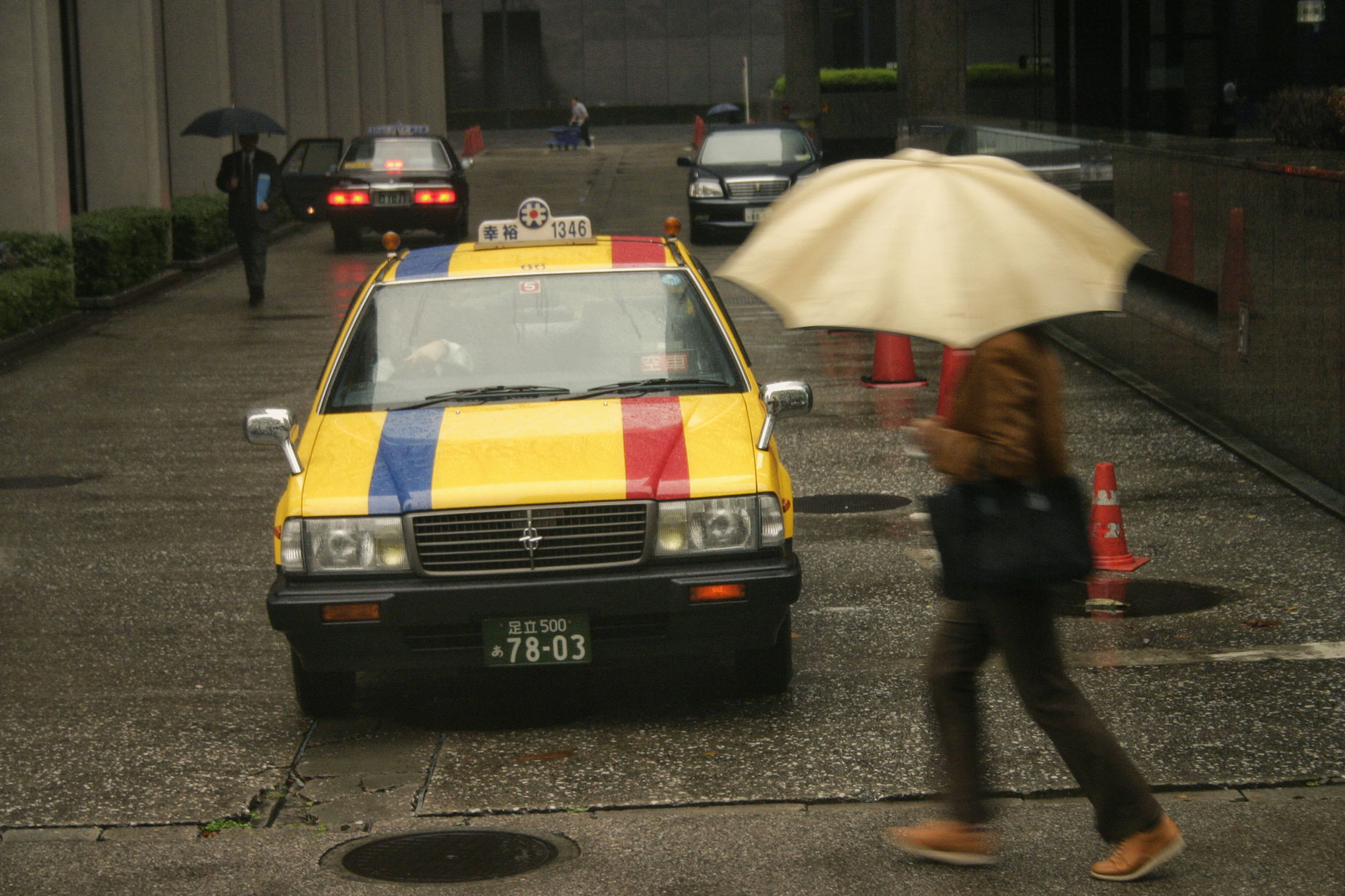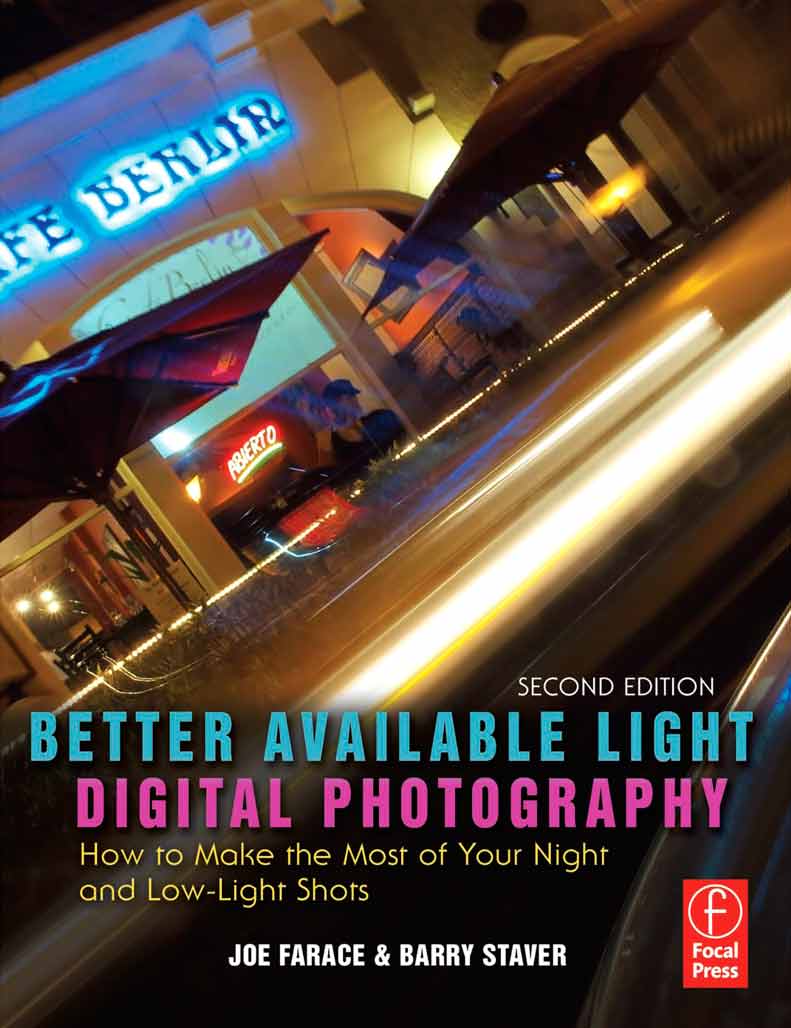On today’s #tuesdaythoughts post, we’re going Back to Basics...
Today’s Post by Joe Farace
I can calculate the motion of heavenly bodies, but not the madness of people. —Isaac Newton
 The mode dial on your mirrorless camera or DSLR offers many options for creative image making. For instance, in Shutter Priority (Tv) mode you can set \your camera’s shutter speed and the camera will automatically select an aperture making sure the image is properly exposed. More than that this mode gives you control over whether a subject’s motion is sharp or blurred.
The mode dial on your mirrorless camera or DSLR offers many options for creative image making. For instance, in Shutter Priority (Tv) mode you can set \your camera’s shutter speed and the camera will automatically select an aperture making sure the image is properly exposed. More than that this mode gives you control over whether a subject’s motion is sharp or blurred.
An Old School Rule
If the camera’s shutter speed isn’t matched to the speed of the subjects, you’ll see some blur in the image. One old school rule that I think is as valid today as it was when I first heard it in the 1970’s is that when using a lens that’s longer than “normal” you should select a shutter speed that’s equivalent to the reciprocal of the lens’s focal length. Depending on the subject motion in your image, this is not a perfect rule but it’s as a good place to start as any. For example, when using a 300mm lens, selecting 1/250 sec makes a good starting point but typically I will use 1/500 sec to doubly ensure sharpness.
Unlike Program mode (the “P” does not stand for professional) which selects both aperture and shutter speed, you should make sure that the available aperture range is sufficient to produce correct exposure. If the aperture value flashes in the viewfinder and/or LCD panel, it probably means the chosen shutter speed is too fast or too slow for adequate exposure. That’s when you should choose a different shutter speed until the aperture number stops flashing in the viewfinder.

How I Made this Photo: One of my fondest memories of my only visit to Japan several years ago was making photographs in the rain in the city of Tokyo. To be sure one of these rainy day images ended up trashing my EF 100-300mm f/4.5-5.6 USM lens and the incident became the subject of one of my Stupid Photographer’s Tricks series. Fortunately, I had more than one lens with me on that trip, including the camera’s 18-55mm kit lens that was seemingly more weather proof (but probably isn’t.) This image was made with that lens at 55mm attached to a Canon EOS Digital Rebel with an exposure of 1/60 sec at f/5.6 and ISO 400.
What Direction Are You Heading?
In creating your images, the direction of the subject’s motion is also important. If you want to freeze the movement of a person walking at an average pace (2.5 to 4 mph) from a distance of approximately 16-feet from the camera, you might want use the following shutter speeds as a reference:
- 1/500 sec for movement perpendicular to the optical axis
- 1/250 sec for movement on a diagonal
- 1/125 sec for movement parallel to the optical axis
If the object is moving faster, the exposure times have to be correspondingly shorter aka faster. If you want blurred movement, slower exposure times, like what used in the featured image, will work.
Along with photographer Barry Staver, Joe is co-author of Better Available Light Digital Photograph with copies available from Amazon for prices that, right now, I don’t understand. May your library has a copy.
